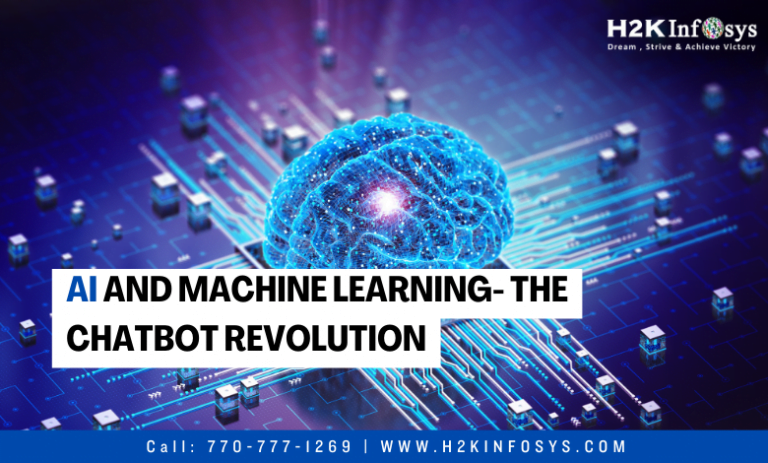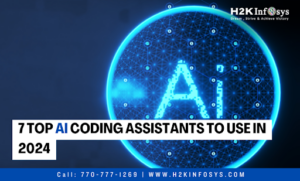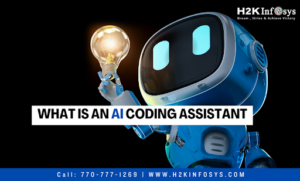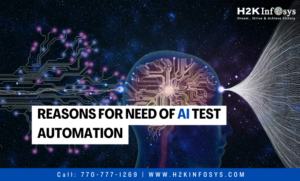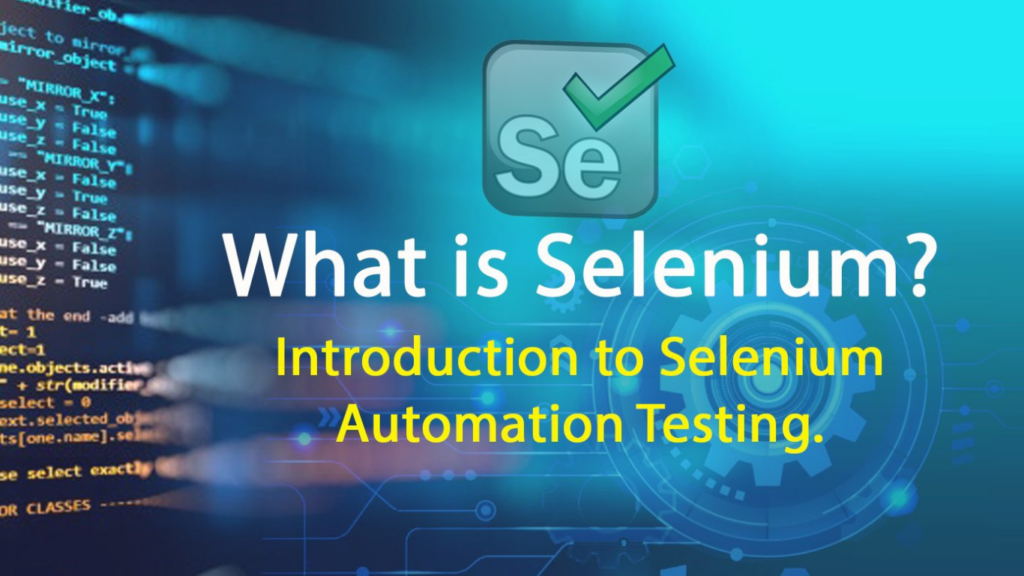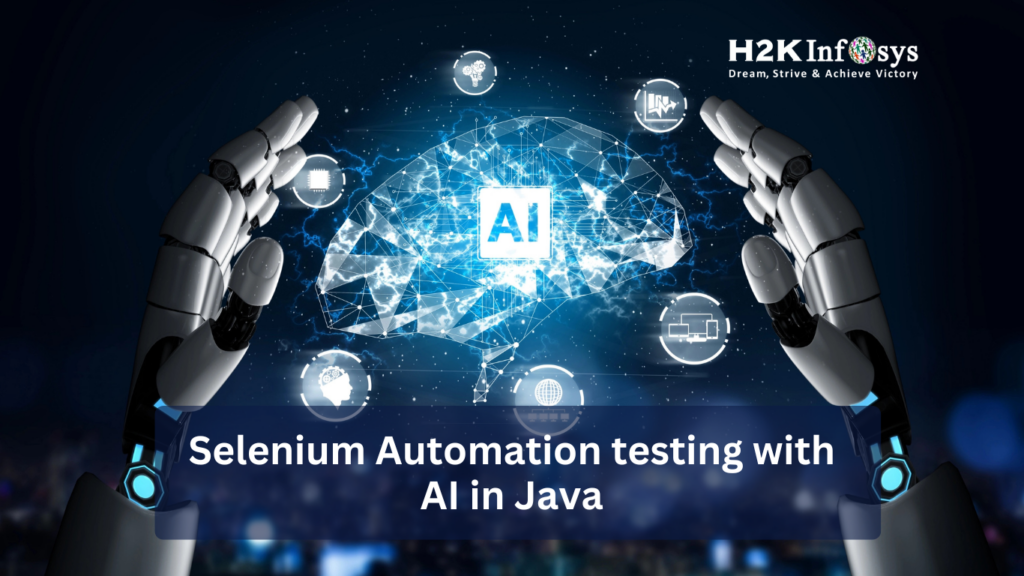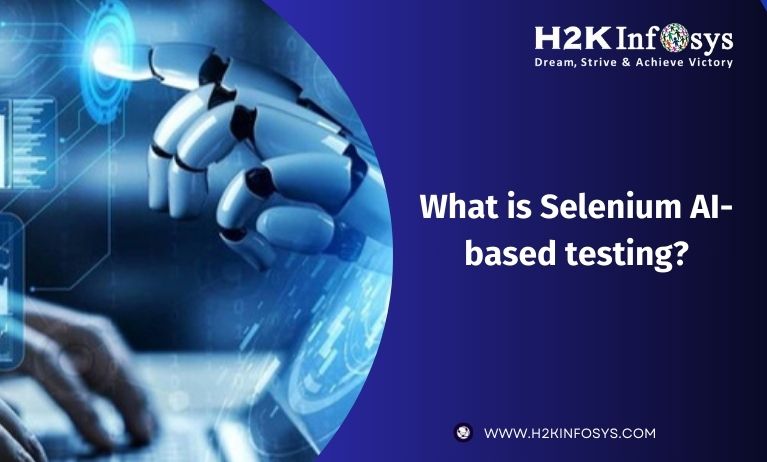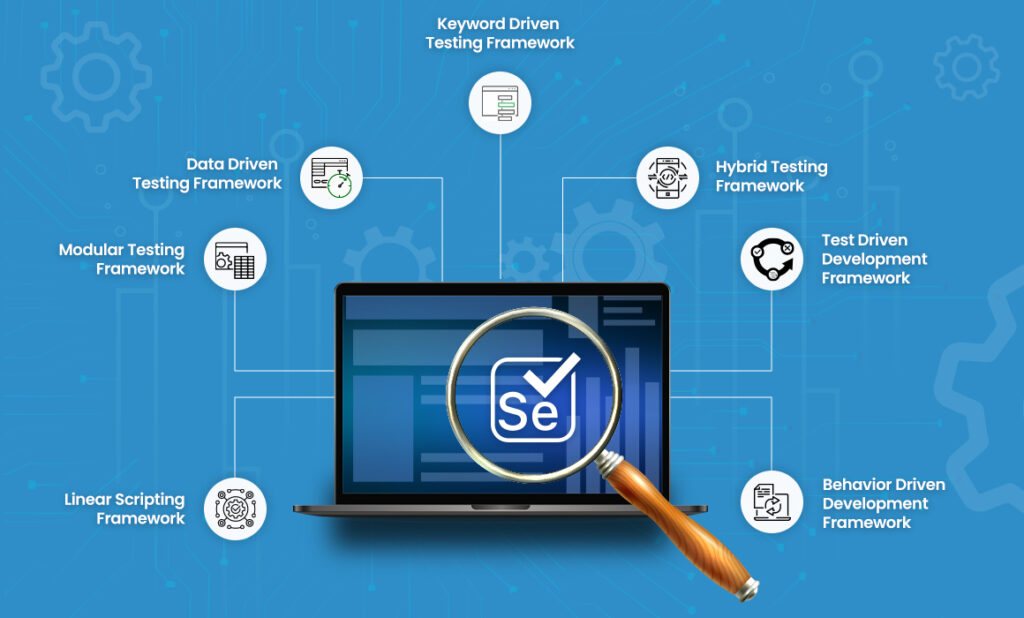Within the ever-evolving field of artificial intelligence, Chatbots and Generative AI represent separate and distinct entities. Generative AI demonstrates its efficacy in producing original prose, music, artwork, and other forms of creative output. AI chatbots, on the other hand, are experts at mimicking human-like communication, which is transforming virtual help and customer care. This investigation reveals their varied purposes, approaches to training, and uses, providing insights into their crucial roles in influencing the field of artificial intelligence and revolutionising human-machine interactions. A kind of artificial intelligence known as “generative AI” makes use of sophisticated mathematical methods to extract properties, structures, and patterns from a training dataset. The goal of these algorithms is to provide fresh information or data that resembles the training data. We shall examine the development of AI chatbots in this article, ranging from simple scripts to smart conversational agents.
Digital marketing tools such as machine learning-integrated chatbots are quite effective. It updates its data regularly and gains knowledge from previous exchanges. You can enhance client interactions by providing Internet users with this kind of artificial intelligence. Conversational agents adjust their speech patterns to match the customer. The user experience is improved by this exchange customisation. Consider using machine learning to increase your sculpin. Check out the Artificial Intelligence online training to learn more.
What is machine learning?
Computers may now learn for themselves thanks to a field of artificial intelligence called machine learning. Algorithms acquire the ability to recognize structures and patterns in data.
This procedure is broken down into multiple learning approaches:
- Data with labels is used in machine learning. By using examples that have previously been annotated by people, the model teaches itself to make predictions or judgments.
- The algorithm can investigate data without labels thanks to machine learning. recognizes structures or trends and concludes on their own without assistance
- Reinforcement refers to teaching a model by rewarding or punishing it for making mistakes.
- Intelligent bots get better with practice. They change based on information and requirements they identify in the user.
Why is machine learning useful for NLP chatbots?
Chatbots have great opportunities in the Natural Language Processing (NLP) industry because of machine learning. Conversational bots can now comprehend, interpret, and produce natural language responses thanks to this technology. It’s critical to enhancing their communications with online users!
Chatbots are continuously learning through the use of machine learning. They even adjust to the subtle differences in human speech. Conversational robots can study text data and recognize language patterns thanks to machine learning techniques. As a result, they can improve their responses in a relevant and contextual manner.
Additionally, virtual assistants can adapt to changing linguistic trends thanks to machine learning. AI-powered messaging apps provide a more enjoyable and natural user experience. Targeted interactions occur between users and these sophisticated chat technologies.
The more conversation data the NLP chatbot has (if the user has made note of it) the more machine learning it can do. With generative AIs like ChatGPT, we observe something similar.
Chatbots are being revolutionised and have more potential thanks to AIs like ChatGPT.
ChatGPT and Dall-E are two examples of artificial intelligence that use machine learning to completely change our perception of AI. Additionally, they have started a revolution in chatbot functionality. These AIs are quite good at comprehending normal language, and when they converse with web users, they provide beautiful contextualised responses.
The Evolution of AI Chatbots
Rule-Based Chatbots (Early Stages)
Rule-based chatbots dominated the early days of AI chatbot development. These chatbots generated responses by using decision trees and operating according to a predetermined set of rules. Their skills were restricted and they could only react to particular keywords or phrases. Even though they represented a substantial advancement in chatbot technology, their answers were frequently inflexible and unsophisticated.
Machine Learning Chatbots
Basic NLP approaches were included in chatbots as machine learning algorithms progressed. Because the program used statistical models, these chatbots were able to study and comprehend more intricate linguistic patterns. They were able to produce more organic and contextually appropriate responses as a result. Chatbots that use machine learning may be able to learn from training data and eventually become more responsive.
NLP-Powered Chatbots
The field of chatbots underwent a revolution with the introduction of deep learning models and more sophisticated NLP algorithms. Chatbots with NLP capabilities might interpret and analyse human language more precisely. They could converse more naturally and grasp the context. To deliver more relevant and tailored interactions, these chatbots made use of methods including sentiment analysis, intent identification, and context-aware replies.
AI-Powered Chatbots
These days, sophisticated AI models, such as BERT (bidirectional encoder representations from transformers) and GPT (generative pre-trained transformer), power chatbots. These algorithms are highly accurate at tasks like intent identification, sentiment analysis, and context-aware answer generation. AI-driven chatbots can comprehend and produce responses that are more human-like, improving user experience and offering helpful support.
Voice-Enabled Chatbots
Chatbots began to appear on voice-enabled platforms with the emergence of voice assistants such as Google Assistant and Amazon Alexa. Speech recognition technology is used by voice chatbots to comprehend spoken language and provide relevant responses. With the help of this development, consumers may now communicate with chatbots by speaking commands, which improves user experience and streamlines it.
Conclusion
To learn more about AI and the evolution of Chatbots, check out the online Artificial intelligence course.
